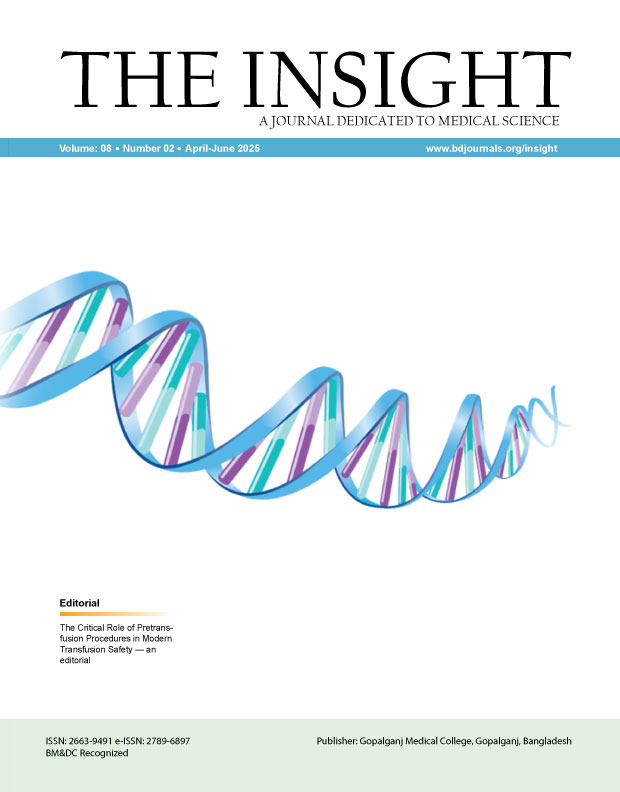Abstract
Background: Axial length plays a critical role in cataract surgery outcomes. Patients with high axial length are often at increased risk of intraoperative complications and suboptimal visual recovery. This study aimed to evaluate the intraoperative complications of cataract surgery with phacoemulsification in eyes with high and normal axial length. Methods & Materials: A total of 100 cataract patients were divided into two groups: Group I (normal axial length, 21–24.5 mm) and Group II (high axial length, ≥26 mm), with 50 patients in each group. Data on age, gender, occupation, axial length, intraoperative complications, refractive error, and visual acuity on the first postoperative day and after six weeks were collected and analyzed. Results: The majority of patients were aged 61–80 years (55%) and male (66%). Group I had a mean axial length of 22.95 ± 0.90 mm, while Group II had a significantly longer mean of 27.76 ± 1.10 mm (p < 0.05). Intraoperative complications were more frequent in Group II (6.00%) compared to Group I (4.00%), with posterior capsule tear being significantly higher in the high axial length group (p = 0.03). Refractive status differed significantly between the groups, with Group II showing higher degrees of myopia (p < 0.05). Postoperative visual acuity was better in Group I at both the 1st POD and 6-week follow-up, with more patients achieving 6/6–6/9 vision compared to Group II. Conclusion: Patients with high axial length undergoing phacoemulsification are more prone to intraoperative complications and demonstrate poorer visual and refractive outcomes compared to those with normal axial length. Proper preoperative assessment and surgical precautions are essential to optimize outcomes in high axial length eyes.

This work is licensed under a Creative Commons Attribution 4.0 International License.
Copyright (c) 2025 The Insight





 PDF
PDF